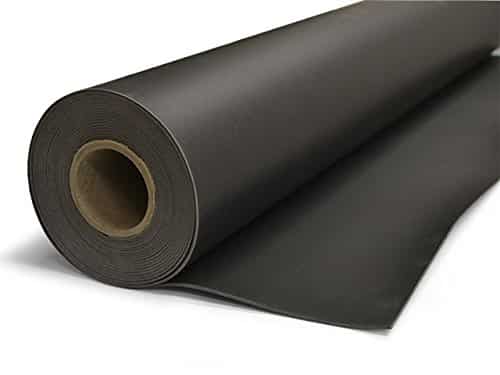- 0
No products in the cart.
How to Soundproof a Room for Music

If you are building a home studio, practicing an instrument, or recording vocals, a soundproof room is important. It helps you get clear and undisturbed sound. Without proper treatment, sound escapes through walls, floors, and ceilings—disturbing others and reducing the quality of your recordings.
At Soundproofing Products Australia, we focus on high-quality soundproofing materials. Our products help you create the best acoustic space. Here’s a guide on how to soundproof a room for music, including recommended products from our range.
1. Seal Gaps and Cracks
The first step in soundproofing is to block the paths where sound escapes.
- Use acoustic sealant around door frames, skirting boards, and electrical outlets.
- Install door sweeps and weatherstripping to close air gaps under doors.
2. Add Mass to Walls with Mass Loaded Vinyl (MLV)


For serious sound isolation, adding dense, flexible materials is key. Mass Loaded Vinyl (MLV) is one of the most effective solutions available.
Why Use MLV?
- High STC (Sound Transmission Class) rating
- “Thin but heavy, it blocks noise in the air without needing much space.”
- Easy to install on walls, ceilings, and floors
Our premium Mass Loaded Vinyl comes in rolls and sheets, suitable for both DIY and professional studio builds. Install it behind plasterboard or under flooring for maximum impact.


3. Insulate Inside the Wall Cavity
If you’re building or renovating, install acoustic insulation inside the wall cavity. Products like acoustic batts or glasswool panels reduce sound transfer between rooms and improve room acoustics.


4. Treat Doors and Windows
Doors and windows are common weak points.
- Upgrade to solid core doors
- Add MLV or acoustic panels to the door surface
- Use double glazing or window inserts to block exterior noise
5. Install Floating Floors or Floor Underlays
Footfall noise and bass frequencies can travel through the floor structure.


- Use acoustic underlay mats beneath carpet, timber, or laminate
- Pair with MLV for added airborne noise control
6. Control Echo with Acoustic Panels


While soundproofing blocks sound transmission, acoustic panels help manage internal reflections and noise.
- Install polyester or foam panels on walls and ceilings
- We also recommend Autex Quietspace Panels, Autex Peel & Stick Acoustic Tiles & Cube.
- Place bass traps in corners for better low-frequency control
Why Choose Soundproofing Products Australia?
At soundproofingproducts.com.au, we supply high-quality, commercial-grade soundproofing materials trusted by musicians, studios, and builders across Australia.
We offer Mass Loaded Vinyl and thermal and acoustic insulation. With our products, you can create a quiet music space.
Need help with your project? Contact us for product advice and installation tips.
